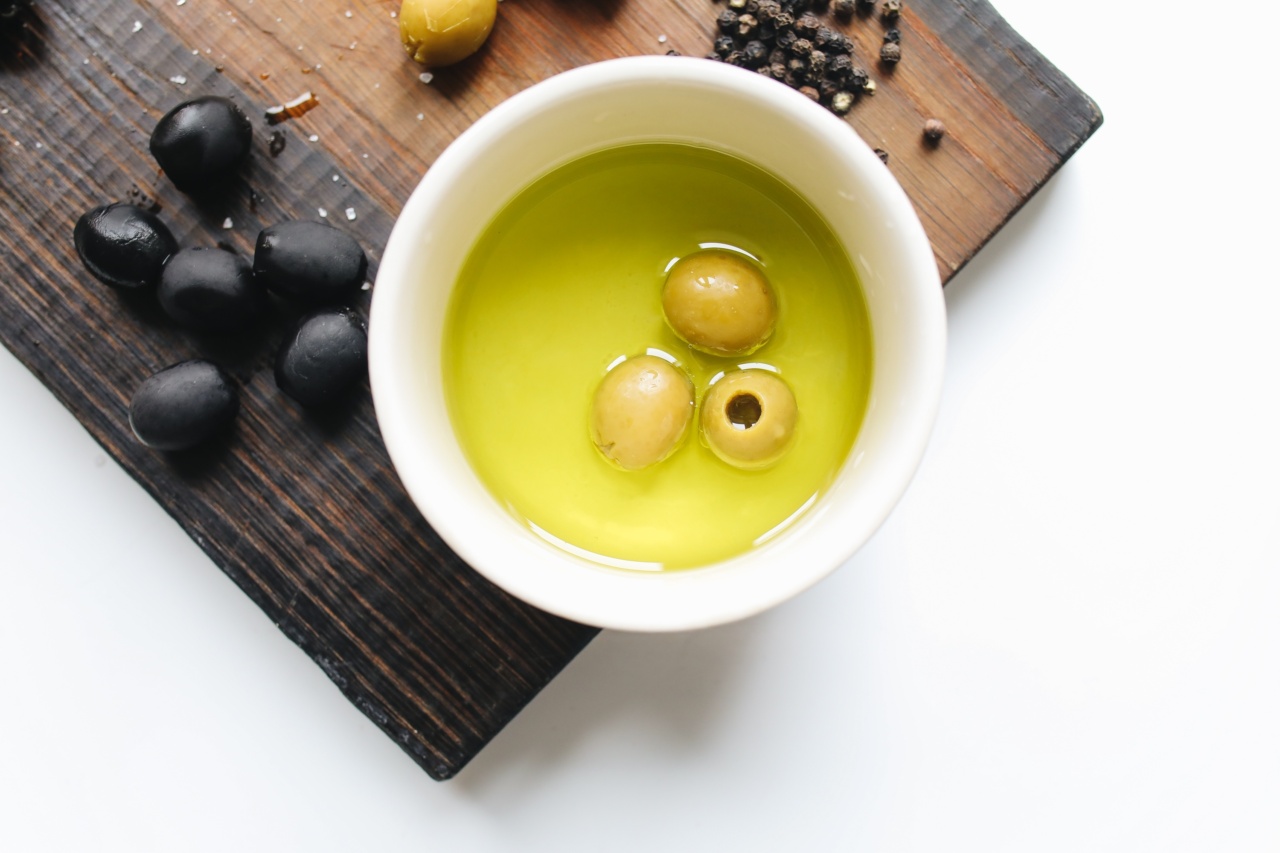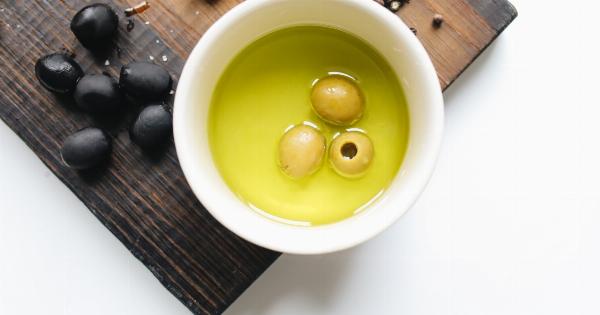Olive oil has many health benefits and is a common ingredient in many dishes. However, not all olive oils are created equal and some may be rancid or expired, losing their nutritional value and flavor.
It is important to know how to check for freshness in olive oil to ensure that you are using a high-quality oil. Here are some tips on how to check for freshness in olive oil.
1. Check the Harvest Date
The harvest date is a good indicator of the freshness of the olive oil. The fresher the oil, the better the taste and nutritional value. When selecting olive oil, look for the harvest date on the label.
The closer the harvest date is to the current date, the fresher the oil is. The label may also have a “best by” date, but this is not always a reliable indicator of freshness as it can be subjective. When possible, purchase olive oil that has been harvested within the past year.
2. Look for Dark, Opaque Bottles
Olive oil is sensitive to light and heat, which can cause oxidation and spoilage. Therefore, it is important to choose olive oil that comes in a dark, opaque bottle. This will protect the oil from light and help it stay fresher longer.
Avoid olive oils that are sold in clear or light-colored bottles as they are less protected from light exposure.
3. Smell the Oil
One of the easiest ways to determine if an olive oil is fresh is to smell it. Fresh olive oil should have a fruity, grassy, or peppery aroma. If an olive oil smells musty or like rancid nuts, it is likely past its prime and should not be used.
4. Taste the Oil
Tasting olive oil is another way to check for freshness. Pour a small amount of oil into a clean spoon and taste it. Fresh olive oil should have a clean, vibrant, and slightly bitter taste, with a pleasant peppery finish.
Rancid or expired oil will have a stale or metallic taste and a greasy mouthfeel.
5. Check for Sediment
If you notice sediment at the bottom of the olive oil bottle, it is likely that the oil is not fresh. Sediment can occur naturally in olive oil, but if it is excessive, it may be an indicator that the oil is past its prime.
This is because the sediment is created from solids in the oil that have oxidized and settled to the bottom.
6. Check the Color
While it is not always a reliable indicator, the color of olive oil can be a clue to its freshness. Fresh olive oil is often a bright, vibrant green color, while older oil may be yellow or brown.
However, it is important to note that some olive oils may be artificially colored, so this should not be the sole determining factor when checking for freshness.
7. Check the Oil’s Acidity Level
The acidity level of olive oil can be an indicator of freshness. High-quality olive oil is made from freshly harvested olives, which are pressed within hours of being picked. During the pressing process, the acidity level of the oil is measured.
The lower the acidity level, the higher the quality of the oil. Look for olive oils with an acidity level of less than 0.8% to ensure that you are getting a high-quality and fresh oil.
8. Store Olive Oil Correctly
Proper storage is key to maintaining the freshness of olive oil. Store olive oil in a cool, dark place away from heat and light. Do not store olive oil in the refrigerator as this can cause the oil to solidify and change its flavor.
Once opened, use the oil within a few months to ensure maximum freshness.
9. Choose Extra Virgin Olive Oil
Extra virgin olive oil is the highest quality and freshest olive oil available. It is made from pure, cold-pressed olives and has no chemicals or solvents added to it.
When purchasing olive oil, look for the extra virgin variety to ensure that you are getting a high-quality and fresh oil.
10. Buy from a Reputable Source
When purchasing olive oil, it is important to buy from a reputable source. Use a reliable brand that has a good reputation for producing high-quality olive oil.
Look for oils that are certified by reputable organizations such as the International Olive Council (IOC) or the California Olive Oil Council (COOC).





























